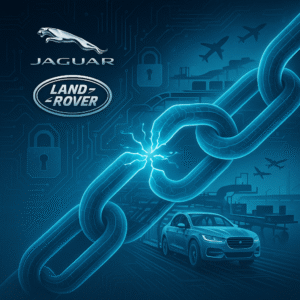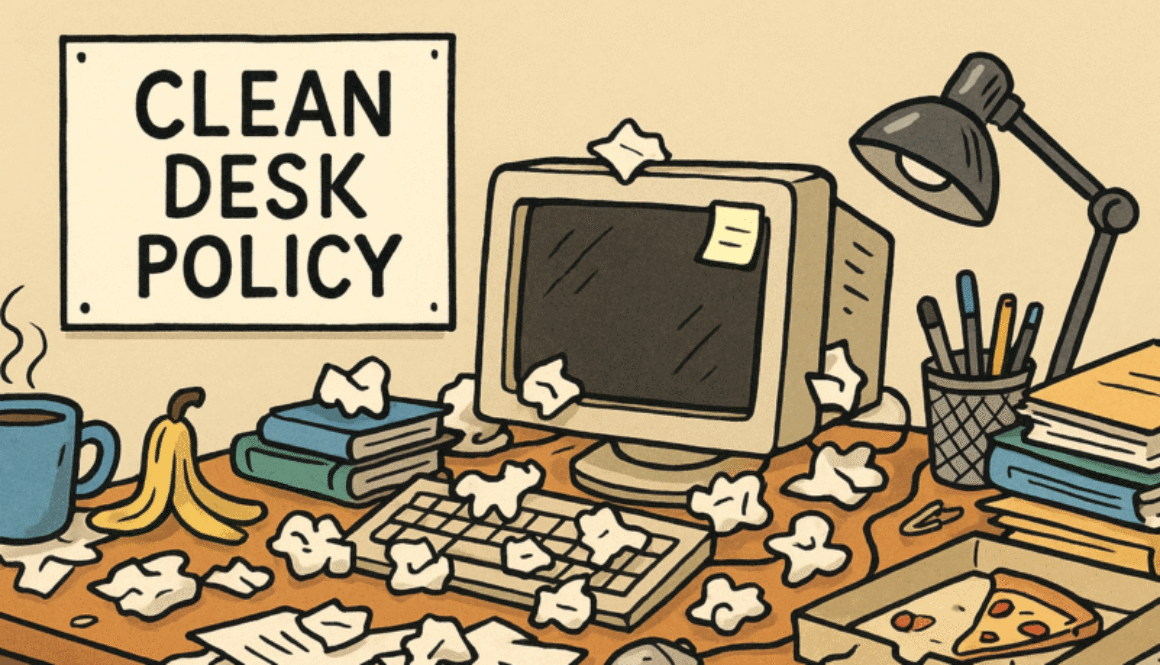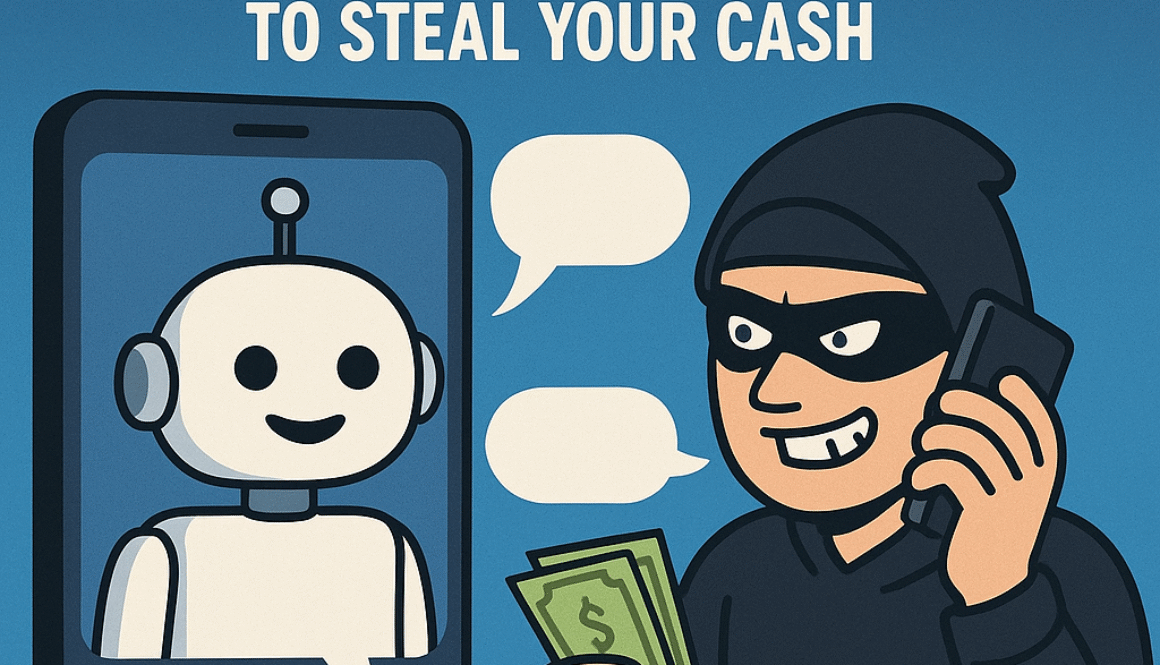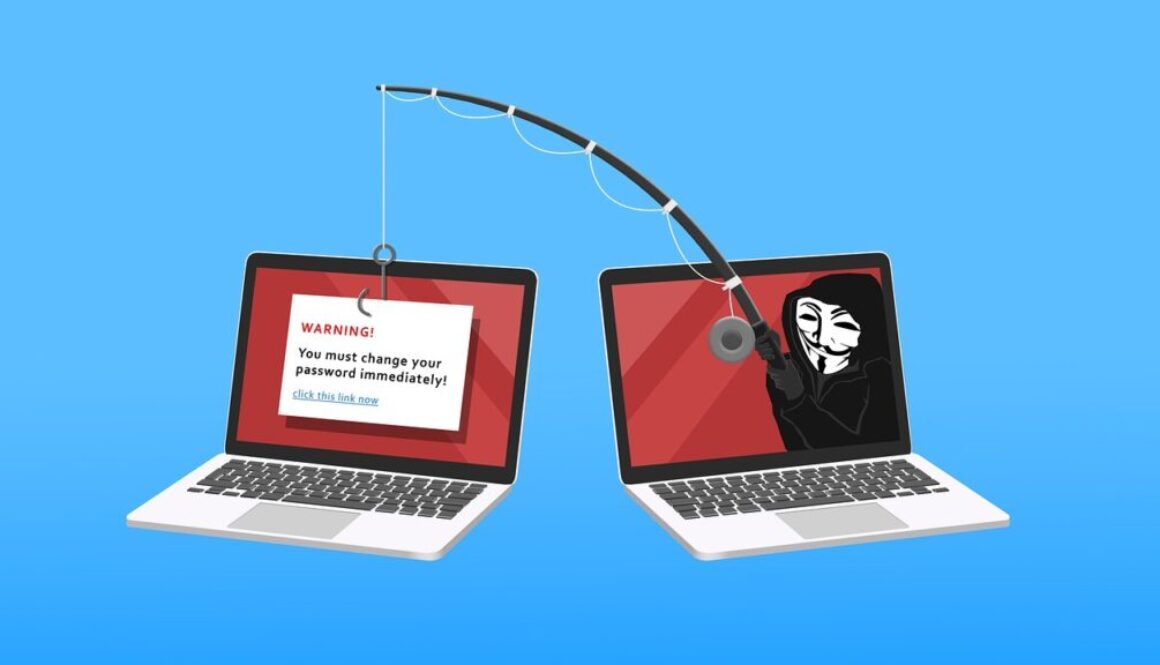When Your Supplier Gets Hacked, So Do You!
Why SMBs Must Take Third-Party Cyber Risks Seriously
 Running a business today means relying on others. You’ve got suppliers delivering parts, cloud providers hosting your emails, accountants filing your numbers, maybe even a marketing agency running your socials. They keep things moving, but they also introduce risk.
Running a business today means relying on others. You’ve got suppliers delivering parts, cloud providers hosting your emails, accountants filing your numbers, maybe even a marketing agency running your socials. They keep things moving, but they also introduce risk.
If you think that only “the big guys” have to worry about supply chain cyber-attacks, think again. Just look at what’s happened recently:
Jaguar Land Rover had to halt production after a cyber-attack hit their systems. The knock-on effect? Hundreds of suppliers couldn’t deliver parts, and smaller businesses in that chain faced weeks of uncertainty.
A cyber incident at European airports shut down baggage and check-in systems, causing chaos at Heathrow, Berlin, and Brussels. The problem didn’t come from the airlines themselves, it came from a third-party software provider many of them rely on.
Both cases prove a simple point: you’re only as secure as the weakest link in your supply chain.
Why SMBs Should Care
For a smaller business, the stakes can actually be higher. You might not make the headlines like Jaguar Land Rover, but if a supplier is hacked and your data or services are caught up in it, you could lose customers, revenue, and reputation in a heartbeat.
Imagine:
Your IT provider gets hit with ransomware, and suddenly your systems go dark.
Your payroll processor suffers a breach, leaking your employees’ personal details.
Your parts supplier has to shut down, leaving you unable to deliver orders on time.
Sound dramatic? It happens every day, and SMBs are often left carrying the cost without the safety nets bigger firms can fall back on.
What This Teaches Us About Resilience
The Jaguar Land Rover and airport incidents highlight a few truths every business owner should keep in mind:
Shared suppliers, shared risk
If your supplier gets hit, chances are many of their customers are affected too.Out of sight, out of mind
Just because you don’t see their systems doesn’t mean you’re safe. Their weaknesses can quickly become your problem.Recovery is expensive
Getting back on your feet after a supplier fails takes time and money, resources SMBs can’t always spare.
Practical Steps for SMBs
You don’t need an army of cyber experts to protect yourself. Start with these practical moves:
Know your critical suppliers: Who do you rely on most? Make a simple list.
Ask basic questions: Do they have backups? Do they use multi-factor authentication? How quickly will they tell you if something goes wrong?
Update contracts: Even small businesses can ask for simple commitments around cyber-security and breach notification.
Plan a “what if”: Could you keep running if a supplier went offline tomorrow? Do you have a backup option or a manual workaround?
Keep communication open: Treat your suppliers like partners. Share concerns, swap advice, and work together on security.
Bottom Line
Cyber resilience isn’t just about protecting your own systems. It’s about making sure your whole ecosystem, the suppliers, partners, and providers you depend on, is strong enough to withstand an attack.
Because when your supplier gets hacked, you feel it too. The businesses that survive aren’t the ones who think, “That could never happen to me.” They’re the ones who prepare for when it does.
At SJ Cyber Aware, we help SMBs build resilience using The Journey, our five-pillar approach (Identify, Strengthen, Train, Recover, Adapt). Supplier management is baked into it, because resilience isn’t just about you, it’s about everyone you connect with.









